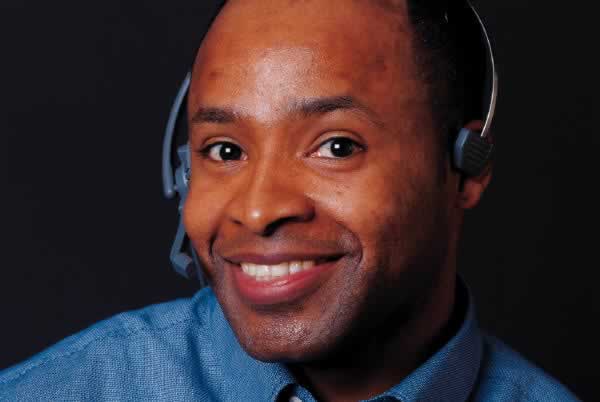Large tonsils and adenoids are the primary cause of OSA in thin children. It’s not just that excess weight increases the likelihood that kids have obstructive sleep apnea, but that having sleep apnea increases the risks of gaining weight.
For some people, surgery may help improve sleep apnea, depending on the cause. The main objective of surgery is to increase the size of the upper airway, to make breathing easier. A deviated nasal septum can be fixed, or enlarged.
Tonsillectomy and Adenoidectomy for Obstructive Sleep Apnea. – Tonsillectomy and adenoidectomy are surgeries that remove the tonsils and adenoids.
Airway Collapse Sleep Apnea Sleep apnea is a common problem and many people are looking for no mask sleep apnea treatments. There are several sleep apnea treatment options available in addition. May 4, 2011. This particular patient experienced more than 80 apnea or hypopnea (partial blockage) events per hour on an average night—and remembered almost none of them. So,
Children undergoing an adenoidectomy with obstructive sleep apnea require extra attention following surgery. Read about adenoidectomy and recovery.
Sleep Apnea Patients Higher Risk For Hypertension, Diabetes, Obesity
Oct 3, 2012. Adenoidectomy is a common procedure in children with obstructive sleep apnea (OSA). However, in children with risk factors such as age under 3 years old, associated comorbidities, or severe OSA, a high postoperative respiratory morbidity is possible. Indications for adenoidectomy in children include.
Do you believe the only way to live with sleep apnea is to use a CPAP (Continuous Positive Airway Pressure) machine? If you said “yes”, you’re in for a treat.
Nov 27, 2017. INTRODUCTION — Obstructive sleep apnea (OSA) is common in the pediatric population. If untreated, the disease has been associated with a wide range of cardiovascular and cognitive morbidities [1-3]. Surgical removal of the tonsils and adenoids is considered the first-line treatment for OSA in otherwise.
May 5, 2016. Amy felt great a few weeks after undergoing tonsillectomy for mild obstructive sleep apnea. She was sleeping better and was able to focus again in school. This lasted about 2 years, but her symptoms of fatigue, brain fog, and sleepiness slowly started to come back. It wasn't to the same degree as before.
Surgery Overview. Tonsillectomy and adenoidectomy are surgeries to remove the tonsils or adenoids. They are: Used to treat obstructive sleep apnea (OSA) in children.
 Dallas Sleep | Pediatric Sleep Apnea | Toddler Snoring | Plano, TX – Sleep apnea is a disorder in which there are pauses in breathing during sleep. Children with sleep apnea may snore loudly, experience restless sleep and be sleepy during the day. Enlarged tonsils or adenoids, nasal allergies, asthma, GERD (gastroesophageal reflux disorder), obesity, and medical and neurological.
Dallas Sleep | Pediatric Sleep Apnea | Toddler Snoring | Plano, TX – Sleep apnea is a disorder in which there are pauses in breathing during sleep. Children with sleep apnea may snore loudly, experience restless sleep and be sleepy during the day. Enlarged tonsils or adenoids, nasal allergies, asthma, GERD (gastroesophageal reflux disorder), obesity, and medical and neurological.
Airway Blockage Sleep Apnea What Happens During OSA | Sleep Apnea – Figure 2: Obstruction of the Airway During Apnea. Viewing the head and neck from the side, the airway (pink) is blocked by the tongue falling back against the back of. Obstructive Sleep Apnea: Blocked Upper Airway. Blocked or narrowed airways in your nose, mouth, or throat can
Snoring – adenoids, become flabby and vibrate with the airflow, causing the various classical noises of snoring. These structures could also cave in and out (like a floppy valve) with respiration, blocking the upper airway and causing sleep apnea.
Obstructive sleep apnea (OSA) is the most common type of sleep apnea and is caused by complete or partial obstructions of the upper airway. It is characterized by.
